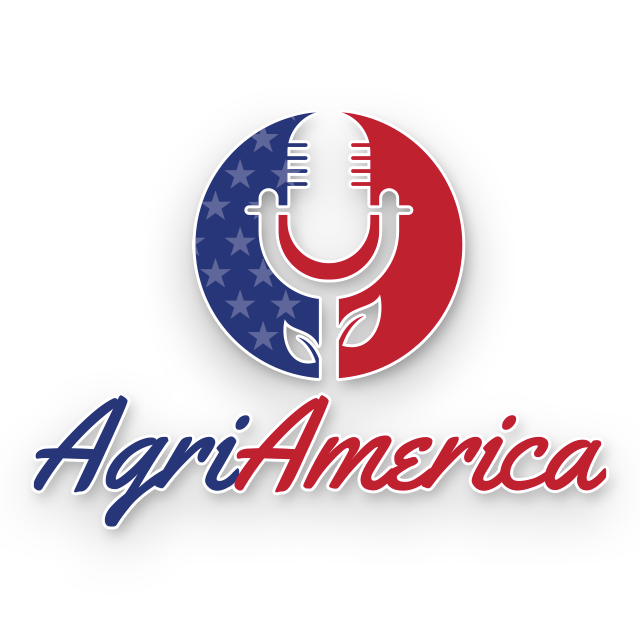WOYM - Four Crops, One Mission: How Kansas Agriculture Stays Strong
In this special round-table edition of Wheat’s On Your Mind, host Aaron Harries welcomes the CEOs of Kansas Wheat, Corn, Soybeans, and Sorghum — Justin Gilpin, Josh Roe, Caleb Little, and Adam York.
Together, they unpack how Kansas’ checkoff and grower associations function, where the dollars go, and how their unified efforts help strengthen markets, research, and advocacy for farmers across the state.
From tackling low commodity prices to building new international markets and investing in next-generation crop research, these leaders share candid perspectives on what’s working — and what’s keeping them up at night.
They also discuss Kansas’ leadership in sustainability, the farm bill’s slow rollout, and how farmers are adapting to water and policy challenges.
It’s an insider’s look at how collaboration keeps Kansas agriculture resilient, relevant, and rooted in the future.
Top Ten Takeaways
Kansas commodity groups work closely together because most Kansas farmers grow multiple crops.
Checkoff funds support research, market development, and promotion — not lobbying.
Kansas agriculture “punches above its weight” nationally due to strong relationships in DC and collaboration across commodities.
Biofuel and renewable aviation fuel policy highlight how Kansas’ unique climate and infrastructure create opportunities.
China’s trade slowdown has hit sorghum and soybeans hard, but diversification into new export markets is paying off.
Domestic processing growth, such as new soybean crush plants, is improving local basis and farmer profitability.
Food aid and humanitarian programs could help move surplus commodities while supporting global needs.
Kansas research leadership at K-State continues to deliver real solutions, from pest control to drought resilience.
Farmers want markets, not aid, but short-term relief may be needed until 2026 farm bill changes take effect.
Water quantity and quality remain long-term challenges that require a united, Kansas-based approach.
Timestamps
00:00–03:20 – Introduction of all four Kansas commodity CEOs; overview of checkoff and grower associations.
03:21–07:47 – Each group explains how their state and national checkoffs work and what farmer dollars fund.
07:48–12:04 – Discussion on collaboration across commodities and how Kansas’ diversification strengthens farmers.
12:05–18:08 – How Kansas differs from “I-states” in climate, policy, and biofuel strategy.
18:09–21:52 – Unique Kansas advantages in global markets and export promotion via K-State’s International Grains Program.
21:53–34:20 – Commodity market updates: sorghum exports to China, soybean crush expansion, corn surpluses, wheat prices.
34:21–38:08 – Food aid programs and how humanitarian exports can help move Kansas grain.
38:09–40:31 – Farm bill delays, potential aid, and short-term challenges for Kansas farmers.
40:32–51:24 – Research investments across K-State: sorghum improvement, wheat innovation, corn pest studies.
51:25–55:05 – Water issues and policy engagement: balancing conservation with agricultural needs.
55:06–End – Closing thoughts on cooperation, advocacy, and Kansas’ agricultural legacy.
Kansas Wheat
WheatsOnYorMind.com
